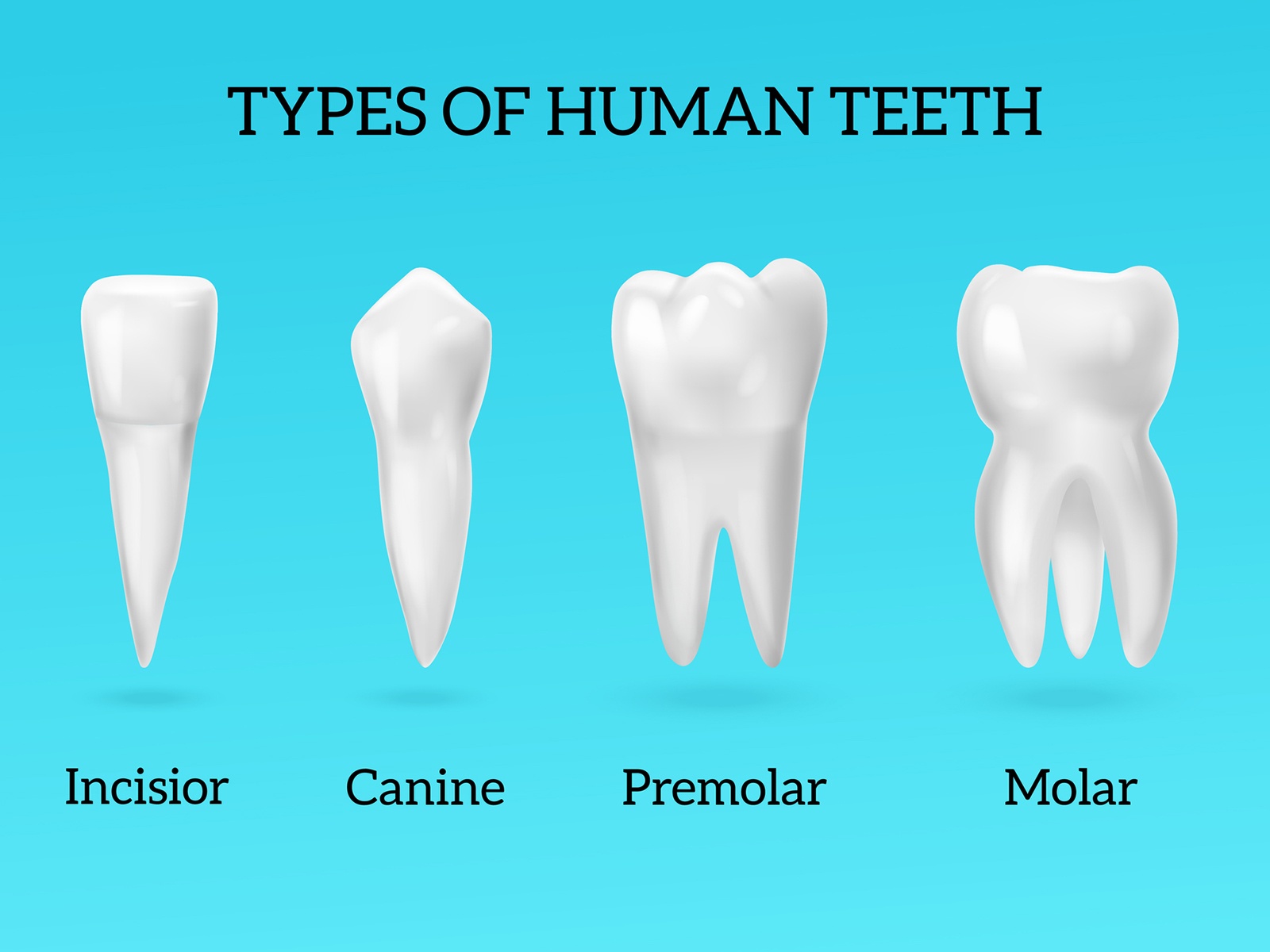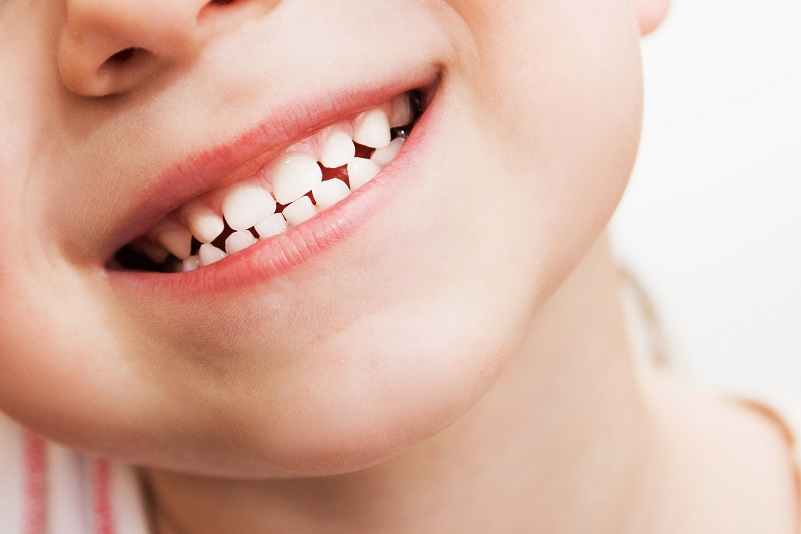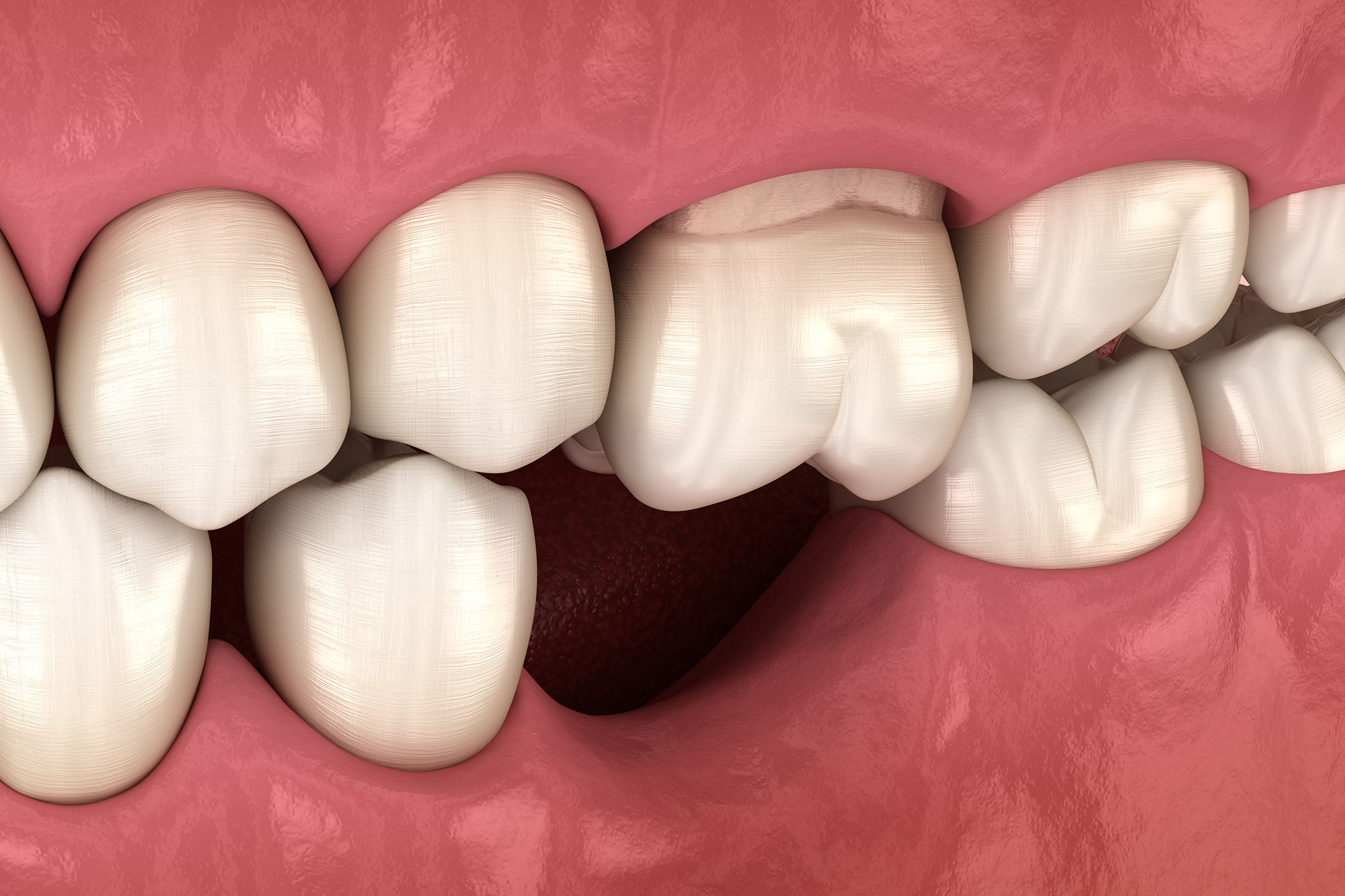How Many Teeths Do Humans Have?
Updated: February 7, 2023
121
Have you ever wondered how many teeth humans have? It may come as a surprise, but the answer can be quite complex. Depending on your age, you may have even more or fewer teeth than an adult. In this article, we will explore the different numbers of teeth that humans have, and why it varies from person to person.
Overview of Teeth in Humans
Humans have two sets of teeth in their lifetime. The first set, called primary teeth, begins to appear in the mouth around six to eight months of age. This set usually consists of twenty primary teeth, which are usually shed between the ages of six and twelve. The second set, called permanent teeth, begins to appear around the age of six and is usually complete by the age of twenty-one. This set consists of thirty-two permanent teeth.
Factors that Affect Teeth Number
The number of teeth that a person has can be affected by several factors. These include genetics, diet, and health conditions. For example, certain genetic conditions can cause a person to have fewer teeth than normal, while poor nutrition can lead to an increased risk of tooth decay and missing teeth. Additionally, certain health conditions, such as diabetes, can lead to a decrease in the number of teeth a person has.
Pursue More: The Forgotten Inventor of Walking: Who Invented It?
Common Types of Teeth in Humans
There are four common types of teeth in humans: incisors, canines, premolars, and molars. Incisors are the sharpest teeth and are used for cutting food. Canines are pointed and used for tearing food. Premolars are used for grinding food, while molars are the largest and are used for crushing and grinding food.

How Many Teeth Do Humans Have?
When you think of how many teeth humans have, the answer may not be as simple as you think. Depending on the age of the person, the number of teeth can vary greatly. Generally speaking, the average adult human has 32 teeth, which are composed of four different types. The types of teeth are incisors, canines, premolars, and molars. Depending on the person, certain teeth may be missing or there may be extra teeth, which can affect the total number of teeth.
How Many Teeth Should I Have?
The number of teeth that a person should have varies depending on a variety of factors, including genetics, diet, and health conditions. Generally, adults should have thirty-two permanent teeth, although it is possible to have fewer or more teeth due to certain conditions. Additionally, the number of teeth may decrease as a person ages due to tooth decay or other health conditions.
How many teeth do you possess? All adults have roughly the same number of teeth, regardless of whether all of your adult teeth came in or were damaged or removed. Your digestion and bone structure are both aided by your teeth.
Each tooth consists of three layers: the pulp, enamel, and dentin
Enamel.
The visible, white outer layer is enamel. Each tooth’s inner layers are shielded from decay and injury by this hard surface. The hardest tissue in the body is enamel.
Dentin.
This is the tooth’s middle layer, which most closely resembles bone tissue. The majority of the tooth structure is composed of dentin. It is connected to the tooth’s life-giving source by millions of tiny tubes: pulp.
Pulp.
The innermost layer of each tooth is the pulp, which is the living core. The nerves and blood make up the pulp.
The crown is the portion of the tooth that is above the gum line. Additionally, the tooth’s root, which connects the tooth to your jawbone, is located below the gum line.
How many teeth have babies?
Baby teething typically begins around the age of six months. However, it is not unheard of to observe a newborn with just one tooth or a three-month-old with just one tooth. Between two and three years old, a child should have no “baby teeth” at all.
Because they are only temporary and fall out, baby teeth are also known as primary teeths or deciduous teeth. Twenty teeth make up a full set of baby teeth: Ten on top and ten at the bottom.
Children still require teeth to chew, so we get baby teeth because our mouths aren’t big enough for a full set of adult teeth when we are young. Therefore, every individual’s jaw contains both full sets of teeth at birth. Baby teeth appear first, and as children get older, they gradually lose their baby teeth and replace them with their larger adult teeth.
Even though baby teeth are “temporary,” it is important to keep them clean to keep them healthy and to keep your mouth healthy for life. Childhood tooth decay can have a negative impact on adult teeth.
Similar to how you brush your own, give your child two minutes to brush their baby teeth.

How to Care for Your Baby’s Teeth
- Begin brushing your baby’s teeth as soon as they appear.
- Rub each tooth with a clean baby towel and warm water. You can also rub to clean your gums.
- Give your child a damp, cold towel to chew on. Teething pain can be eased by this.
- You can switch to brushing your toddler with a kid’s toothbrush—usually one with soft bristles—once they have the majority of their teeth in. To ensure that you can brush all of their teeth comfortably and effectively, use one with a small head.
How many teeth do adults have?
As early as age 5, people begin to lose their baby teeth and gain their adult ones. 32 teeth make up an adult. By your late teens, you should have this complete set of adult teeth.
The incisors, canines, premolars, and molars are all adult teeth.
- Eight incisors Your top and bottom four front teeth are sharp, allowing you to hold and chop food. Incisors also help you feel what kind of food you’re eating and how it feels.
- Four cuspids or canines Canine teeth, or cuspids, are the two pointed teeth on the top and bottom. They can grab and tear food with their cusps.
- Eight premolars Both physically and in form, these teeth are situated between the cuspids and molars. Premolars resemble molars but have two cusps, which is why they are sometimes referred to as bicuspids. Food is cut and torn by premolars.
- 12 teeth.
- You have eight top and bottom molars. They have large chewing surfaces that break down food before swallowing it. This includes the third set of molars known as wisdom teeth, which are frequently extracted and can appear as late as your early twenties.
All 32 adult teeths may not fit comfortably in everyone’s mouth. According to trustworthy sources, human jaws began to recede around the time they moved from hunter-gatherer to sedentary farmer societies. This could be because the new foods that humans were able to eat were cooked in a way that made them easier to chew and softer, so eating them wasn’t necessary for survival.
Overcrowding, or having too many teeth, can result in:
Tooth misalignment increases the risk of decay and impacted wisdom teeth developing periodontal disease, which is why many people have their wisdom teeth extracted.
Take care of your teeth.
Each person has two complete sets of teeth. You have 20 teeth when you are a baby and 32 when you are an adult.
Each of the 32 teeth plays a unique role in the process of chewing and eating. Cavities and other health problems can be avoided by taking good care of your teeth and gums.
Teeth Composition
As previously mentioned, there are four types of teeths that humans have. Each type of tooth has a unique purpose and is located in a different area of the mouth. Incisors are the front teeth that are used for cutting, while canines are the pointed teeth next to the incisors that are used for tearing. Premolars and molars are the flat teeth located towards the back of the mouth and are used for grinding and chewing food.
Permanent Teeth
Most adults have 32 permanent teeths, which consist of eight incisors, four canines, eight premolars, and twelve molars. The molars are the largest teeth and are located at the back of the mouth. As people get older, an additional set of four premolars, commonly known as wisdom teeths, may emerge. However, these teeth may not emerge at all or may be impacted if there is not enough room in the mouth.
Baby Teeth
Children typically have 20 baby teeths, which start to come in around six months of age. These teeth consist of eight incisors, four canines, and eight molars. The baby teeth are important as they help children chew and speak properly until the permanent teeth emerge. The permanent teeth typically start to replace the baby teeth around age six, but this process can take several years.
Teeth Loss
Unfortunately, teeths loss is a common occurrence as people age. Depending on the person’s oral hygiene, certain teeth may be lost due to decay or gum disease. Additionally, teeth may be lost due to trauma or other health reasons.

Tooth Replacement
When teeth are lost, they can be replaced with dental implants or dentures. Dental implants are artificial teeths that are placed into the jawbone and look and act like natural teeth. Dentures are a type of removable prosthetic device that is used to replace missing teeth.
Conclusion
In conclusion, the number of teeth that humans have can vary depending on age and other factors. Generally speaking, adults have 32 permanent teeth, while children have 20 baby teeth. Teeth can be lost due to various reasons, such as decay or trauma, and can be replaced with dental implants or dentures.
Please Write Your Comments